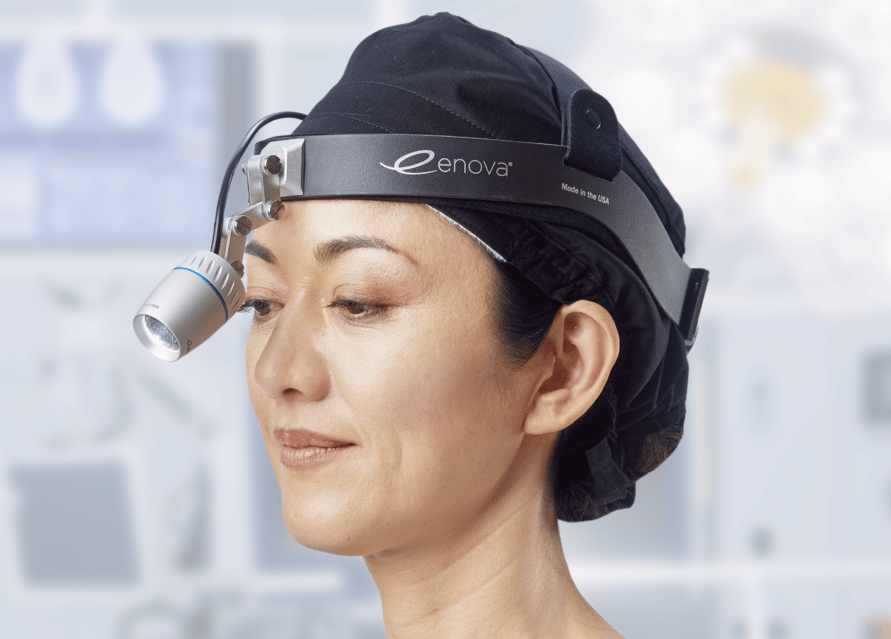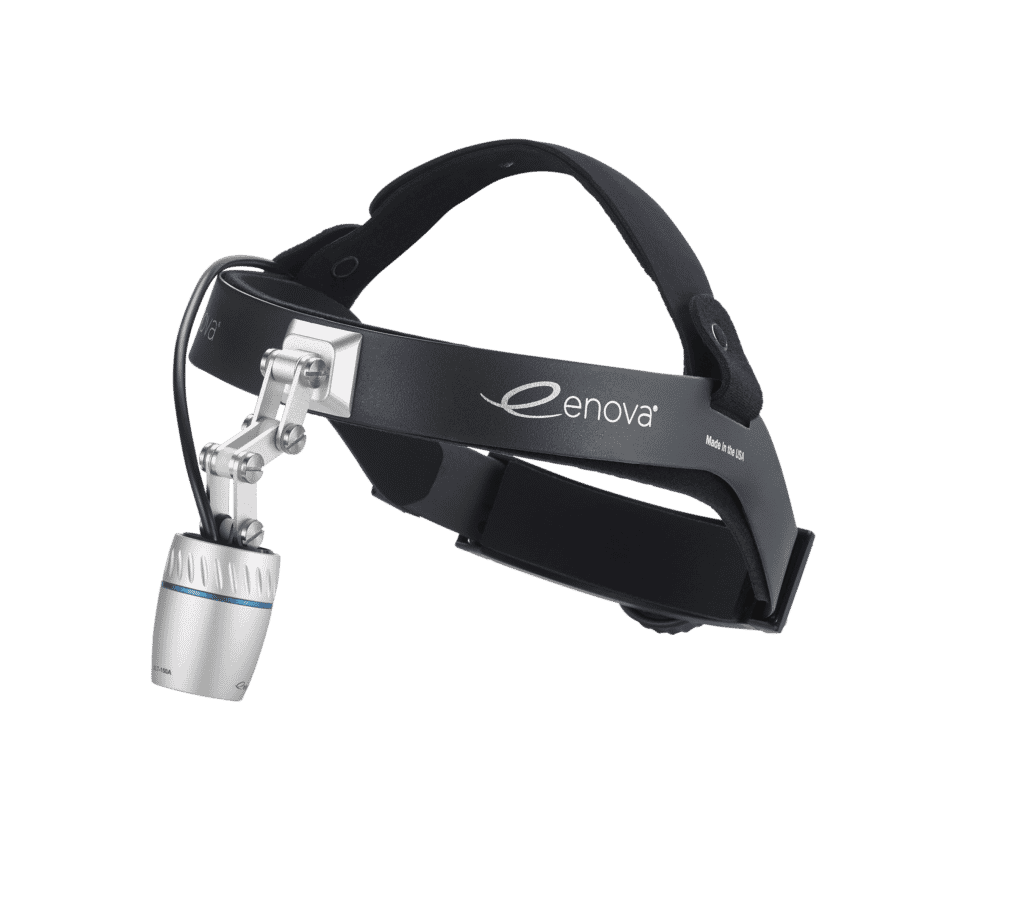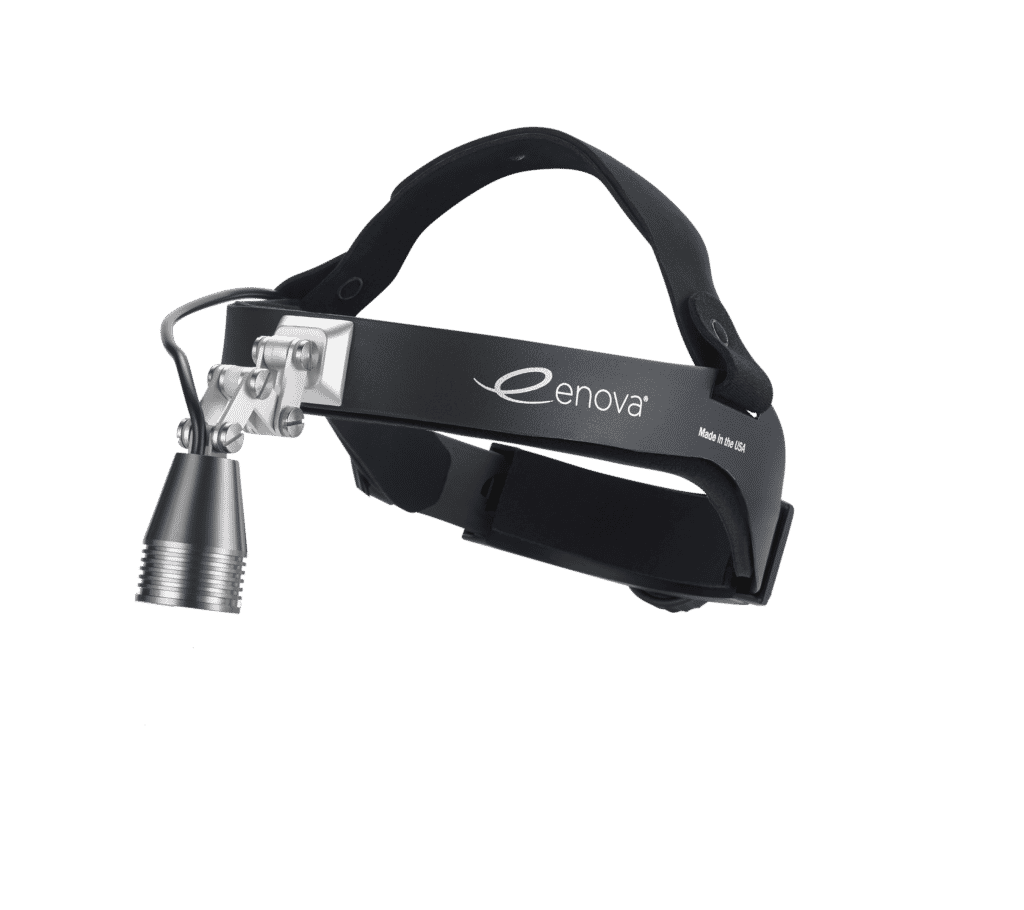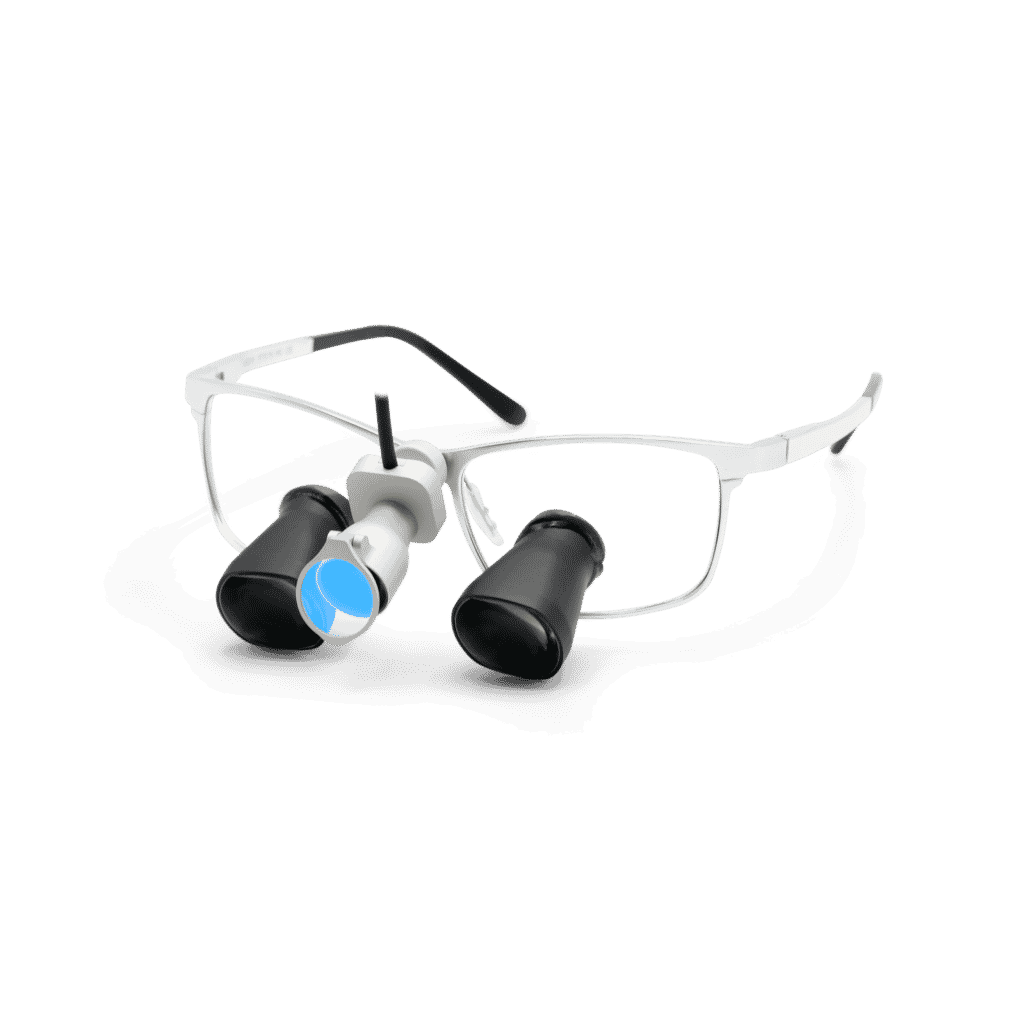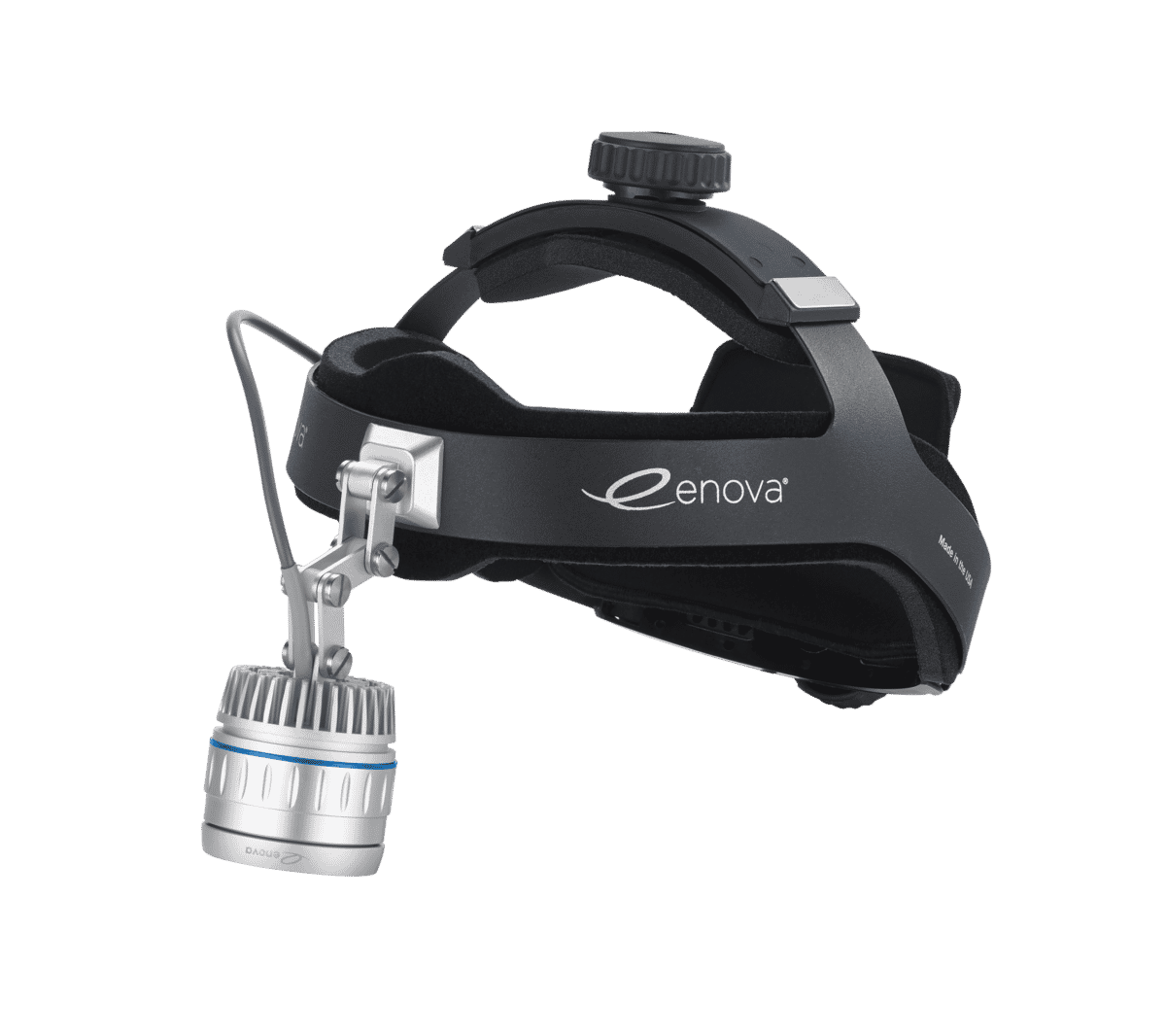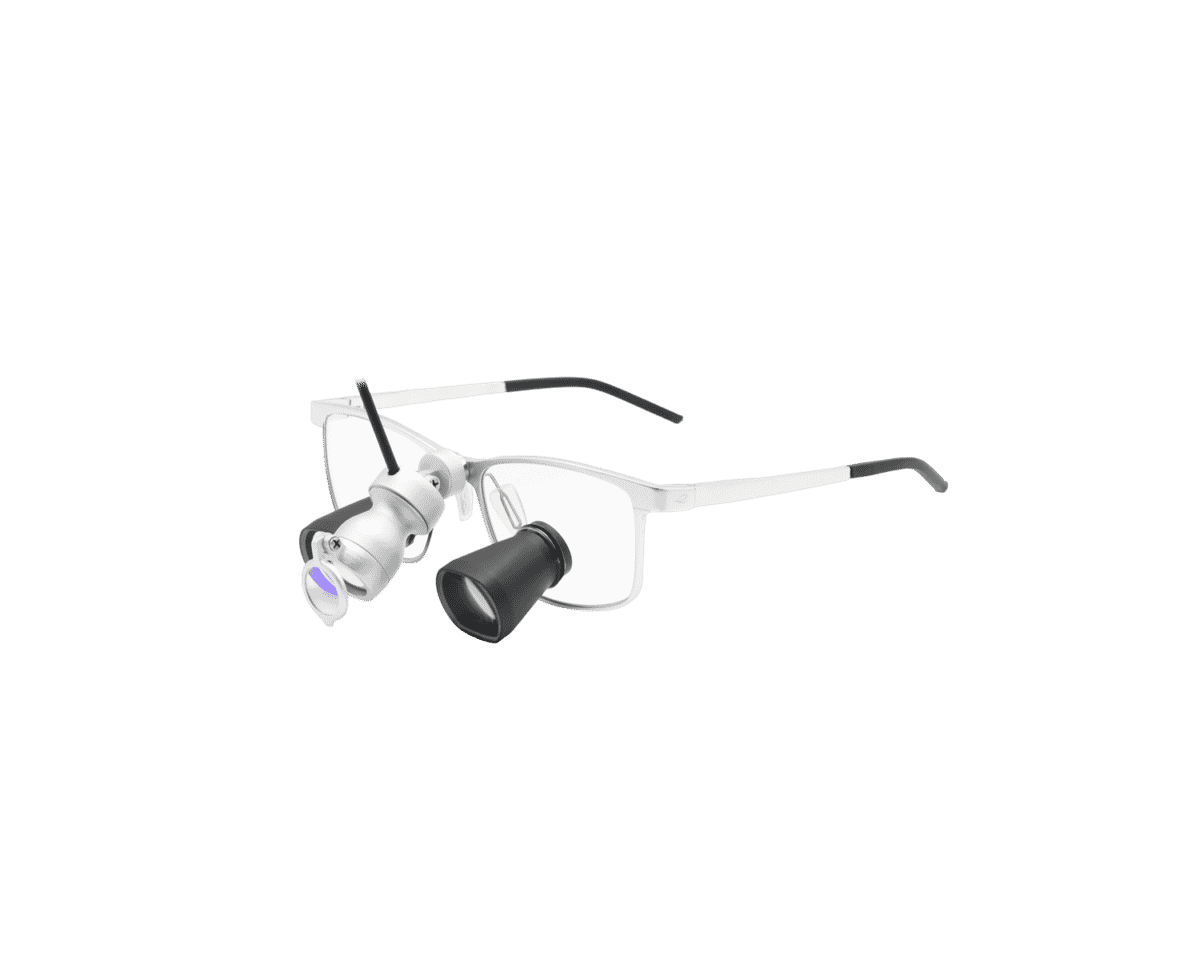Quality of Illumination
Quality of illumination encompasses light brightness, color temperature, spot size and uniformity of light.
Surgical headlights are not alike when it comes to brightness and color temperature, both of which impact how well you see the surgical site. Brightness is measured in lux and surgical headlight brightness can range from as low as 40,000 lux to as high as 225,000 lux. When comparing the brightness of headlights it is important to note the distance at which lux is measured. The industry standard for measuring lux is at 14 inches.
Color temperature is the hue of the light. It can be cool or warm and is measured in degrees Kelvin. The optimum color temperature for surgical headlights is 6100 degrees Kelvin, which is pure white illumination (comparable to daylight) that provides most surgeons with the truest tissue color rendition. Depending on the type of surgery performed, you may want a slightly different hue, which can be adjusted by using light filters. Recent reports suggest that some surgeons have found that a lower color temperature may provide greater tissue differentiation though this appears to be a matter of individual preference.
The size of the light spot is important too. Depending on the kind of surgery performed, you generally want the ability to adjust the headlight’s light spot larger or smaller.
In addition the light itself should be uniform or consistent from edge-to-edge, not bright in the middle and dimming on the edges.
Battery Life
This issue relates solely to LED headlights as xenon and halogen lights are powered by a light box which is plugged into a AC circuit. The number of battery types is as varied as surgical headlights. The length of time you are in surgery throughout the day or week will dictate the headlight system you choose. Most LED surgical headlight battery packs use lithium ion or lithium polymer batteries, both of which are rechargeable. Battery life can range from fewer than two hours to 24 hours and will depend on the headlight used and the intensity chosen. Digital batteries offer superior performance because they are either “on” or “off,” which means the illumination is consistently bright.
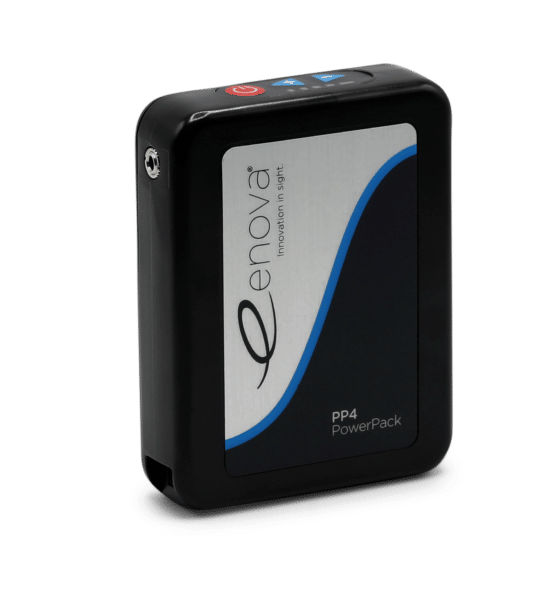
Battery Life
When comparing battery life from one brand to another, the number of hours quoted most commonly will be hours at maximum intensity. Most surgeons use headlights at highest intensity for maximum brightness, but should understand that even a minimal decrease in intensity will result in significant increase in battery life.
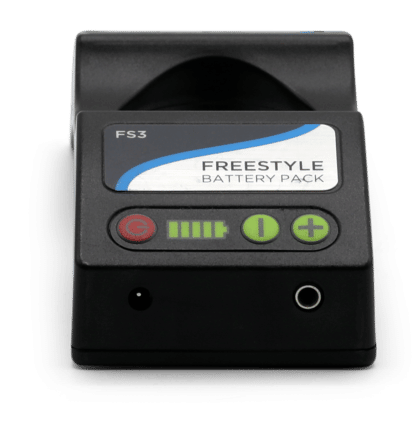
Battery Life Indicators
Battery packs should have both visual and audible battery life indicators. Visual indicators are like a “gas gauge” which will began to flash or blink as the battery depletes. Higher quality battery packs will also offer an audible indicator which is especially helpful when you’re in surgery and the battery pack, often covered by surgeon’s scrubs, may not be easily visible.
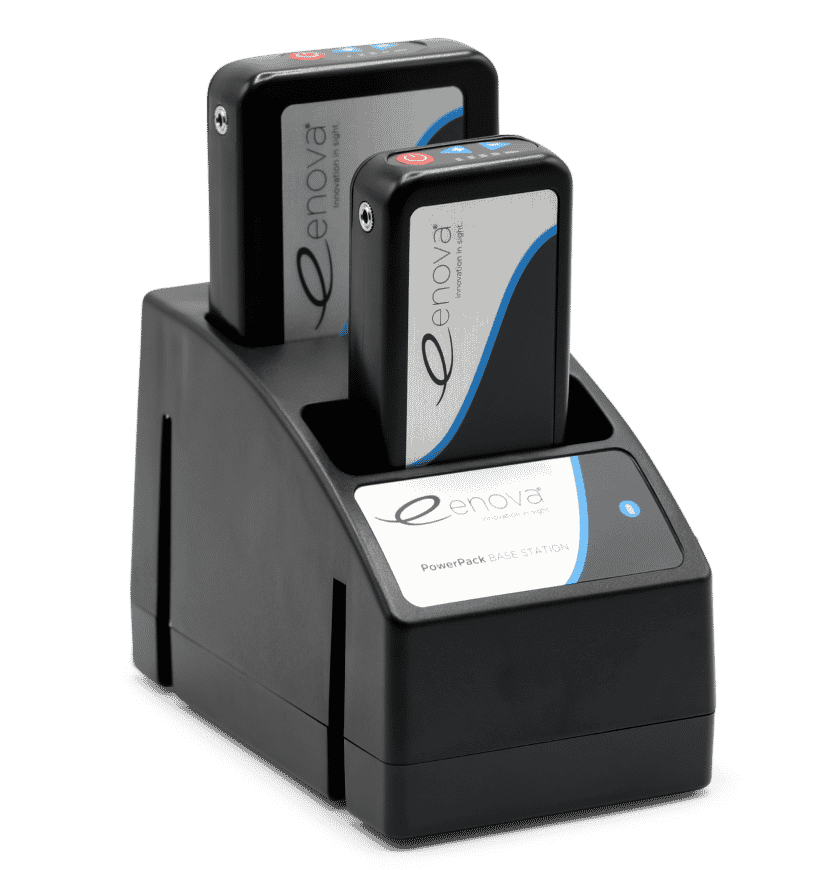
Battery Charger
A battery charger is necessary to charge lithium-ion battery packs after use, and charging time should take no more than 2-4 hours. It should be included with LED headlight system and is most convenient if it can easily be plugged into battery pack without special adaptors. Battery pack docking stations may be available too.
Comfort
Surgical headlights have different weights. The heavier a headlight, the higher the chances you’ll have neck and shoulder pain during and after performing surgery. This is important criteria especially if you are required to wear other gear such as a lead vest. How the headlight is balanced is as important as weight. Is the headlight comfortable on your head? Is it fully adjustable? Is it balanced front to back?


